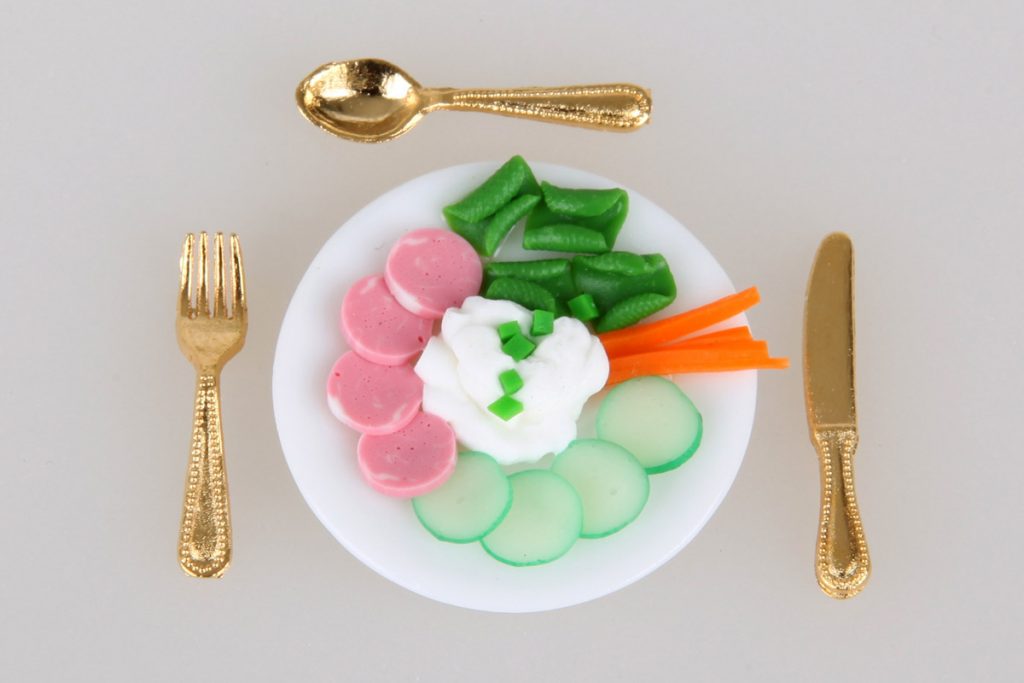If you’ve had a sneaking suspicion that things you buy are getting smaller, you may be right.
- Angel Soft toilet paper used to be 425 sheets per roll. Now it’s 320 sheets per roll.
- A bag of Doritos used to be 9.75 ounces. It’s now 9.25 ounces.
- Dial soap was 21 ounces, and now it’s down to 16 ounces.
- Gatorade bottles were once 32 ounces, but are now 28 ounces.
- Even Ben & Jerry’s recently reduced their pints of ice cream.
The size of the product has dropped, but the prices stayed the same — and even increased in some cases. What’s going on at our grocery stores?
Those are just a few of many, many examples of “shrinkflation” — a term coined to describe when companies reduce the size of a product but keep the price the same.
Though shrinkflation is more prevalent now with growing inflation, it’s actually been going on for years, according to ConsumerWorld.org founder, Edgar Dworsky who’s been following shrinkflation since 1995.
Shrinkflation can be so subtle that you don’t notice it. So how can you spot shrinkflation at the store and make sure you’re getting the most out of what you buy?
6 Ways to Beat Shrinkflation
Beating shrinkflation starts by simply being a savvy shopper. You’ll need to pay more attention while shopping and be willing to change up your habits. Here are some ways to do just that:
1. Buy the Store Brand
Don’t hate on store brands. They’re cheaper, often just as good and sometimes even better than name brands.
When it comes to shrinkflation, store brands also have another advantage: They’re usually the last brands to reduce size.
Shrinkflation experts like Dworsky say to look to store brands, or even other name brands, if you notice your favorite brand has started to shrink its product’s size.
2. Compare the Price Per Ounce
This is called unit pricing. You simply divide the total price by the quantity to determine the unit price.
For example, if a carton of soup is 12 ounces and costs $2.40, the unit price on the soup would be 20 cents per ounce. This hack isn’t just for groceries though. Look at the price per ounce or per item for toothpaste, baby wipes, razor blades and many other consumer goods you buy.
Most stores include the unit price next to the total price on the tagged shelves below the items.
Unit pricing is required to be disclosed in many states, while many retailers still choose to disclose it even when it isn’t mandatory.
3. Buy in Bulk
Buying in bulk from retailers like Costco and Sam’s Club not only helps you save money, but it will also help you reduce the amount of shrinkflation you experience.
In many cases, goods bought in bulk are a better deal because they typically have a lower price per unit. Let’s say a single apple costs 75 cents at the grocery store, and a three-pound bag at Costco containing six apples costs $3. You’ll save 25 cents per apple by purchasing in bulk.
This is especially true with dried goods, which last much longer. The more of these types of products you already have on hand, the less you’ll need to buy from the grocery store — potentially avoiding the back-and-forth waves of shrinkflation.
One great online alternative to buy in bulk is Amazon’s Subscribe & Save program.
4. Consider Other Stores
Inflation has even affected discount stores like the Dollar Tree, Family Dollar and Dollar General. Not everything costs a dollar anymore, as some items have been raised to $1.25 or $1.50.
That said, you can still find a lot of good products, including pantry essentials, for an amazingly low price. From pasta and eggs to cereal, chips and snacks — all for a dollar-ish.
There are deals to be found at other places too. Drugstore rewards programs and plentiful coupons can drop the price of your shampoo or granola bars to little or nothing.
5. Shop Online
Shopping online is more of a timesaver when it comes to shrinkflation than anything else.
You can compare prices and unit pricing quickly without wandering the grocery store and struggling to read the fine print on a price tag. You can also quickly compare prices between stores — or even just other sellers — and brands to see where your dollar will go further.
Then, even if you choose to visit the store in person, you should have a good idea about how it handles shrinkflation.
6. Take Advantage of Discount Apps
Stores like Target and Walmart have apps with an extensive collection of digital coupons to help you save.
Make a shopping list, and possibly a meal plan, then browse through these apps to find which coupons are available for the goods you need. Other apps like Upside and ibotta help you get cash back rewards at many grocery stores.
Robert Bruce is a senior writer for The Penny Hoarder.



